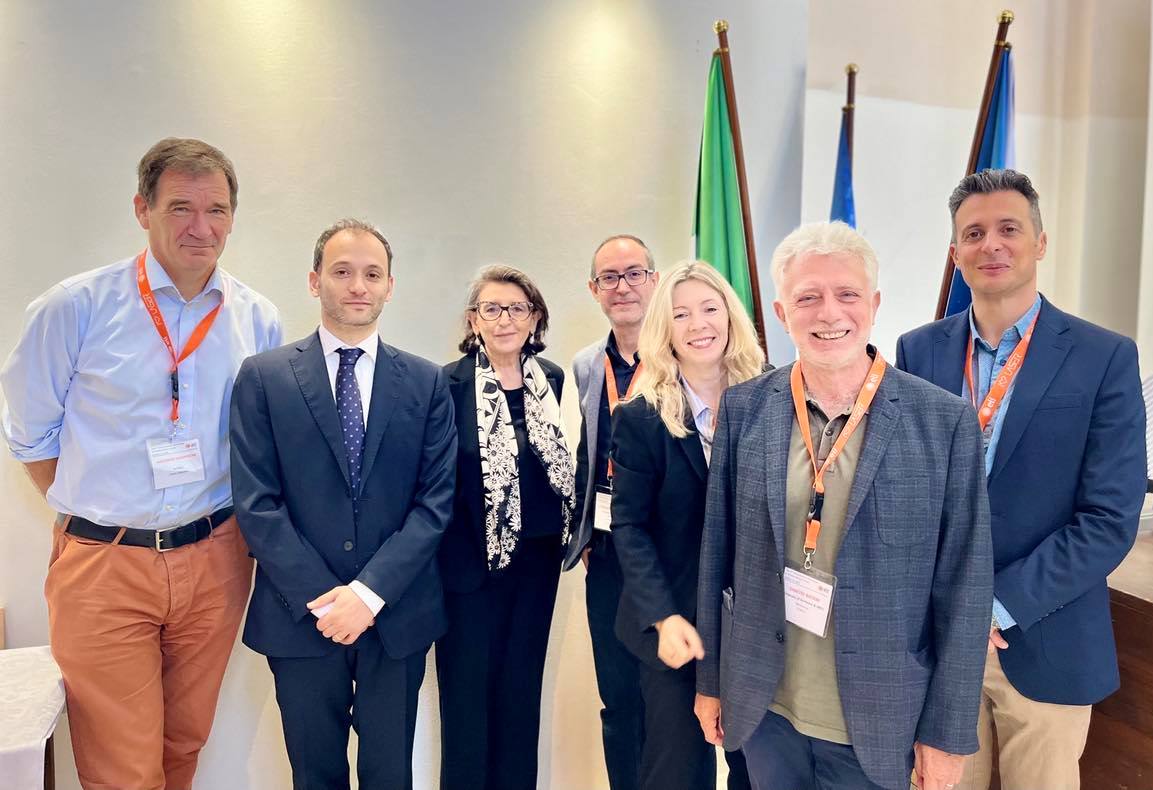The 3rd International Workshop on Proton Boron Fusion, hosted by the Institute of Italian Culture in Prague, Czech Republic, is taking place this week. About 90 scientists from Europe, the United States and China are taking part in this workshop. The increase in participation since the 2nd workshop held last year in Catania, shows the field is active and growing.
HB11 Energy, an official partner and sponsor, is a co-organiser of the workshop, together with the COST Action PROBONO and the ELI Beamlines Facility research centre in Prague.
The opening ceremony included the participation of Lorenzo Giuffrida, chair of the organising committee of the workshop, Katarzyna Batani, leader of the Action PROBONO, HB11 Lead Scientist Dimitri Batani, Andrew Harrison, Director of Science of ELI-ERIC (the European structure which includes the different pillars of the ELI facility), Daniele Margarone, close collaborator of HB11 and Scientific Director of Prague’s ELI Beamlines Facility, Maria Cristina Falvella, astrophysicist and Scientific Attaché at the Italian Embassy in Prague and Vito De Bellis, director of the Instituto Italiano di Cultura di Praga. Prague.
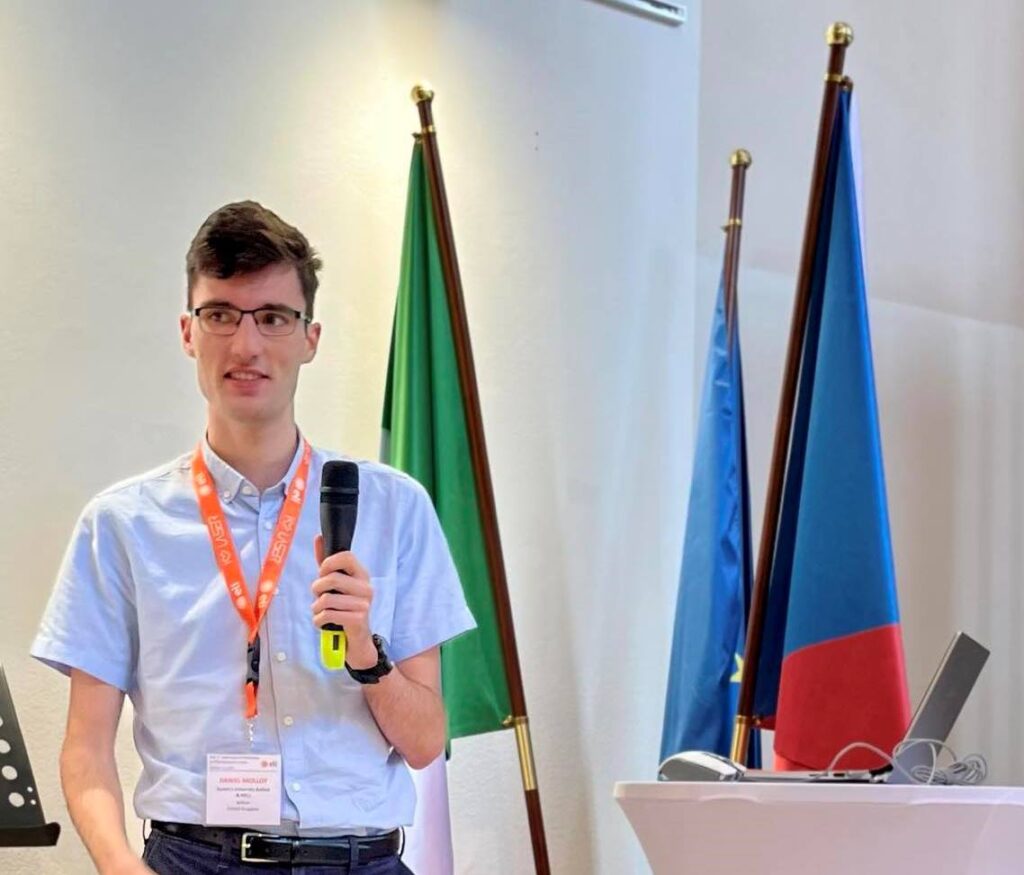
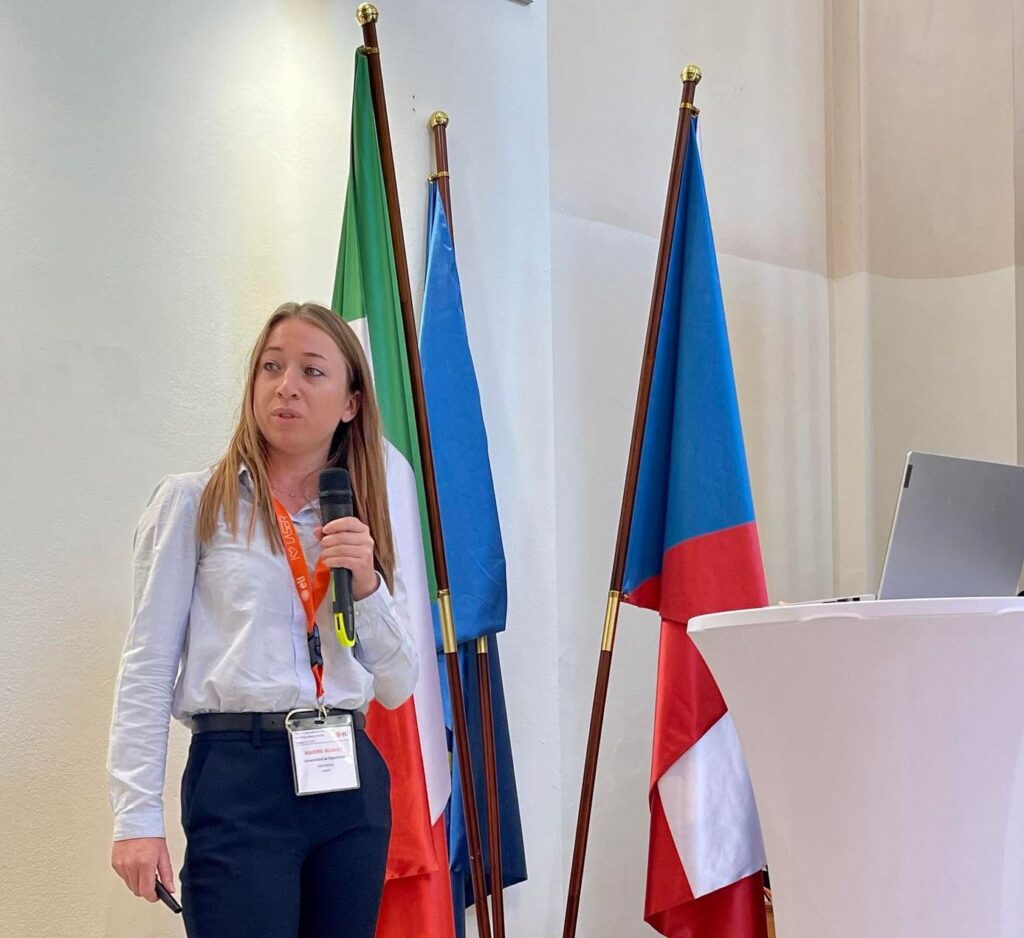
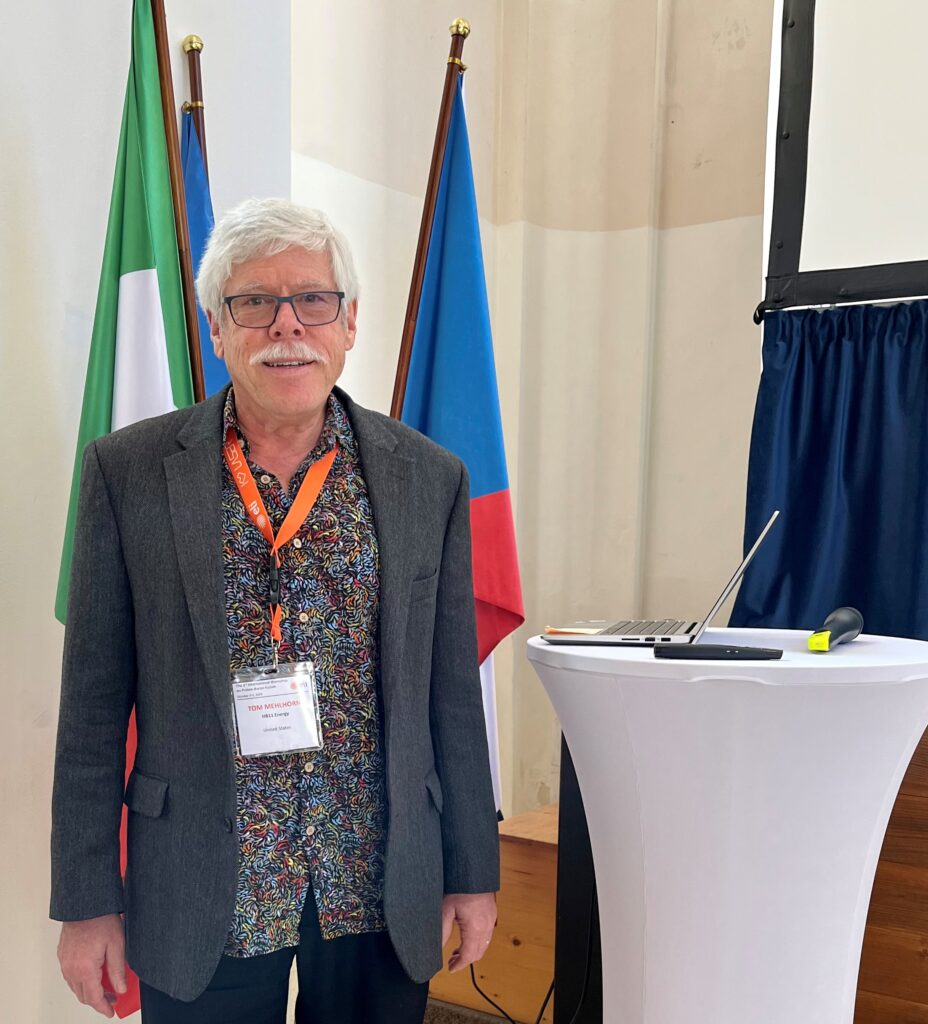

During the week, several presentations were given by scientists collaborating with HB11.
- Fabio Belloni, UNSW Sydney, made a complete review on “Status, prospects and basic research needs of p-11B fusion”
- Katarzyna Batani spoke about the “Challenges, perspectives and applications of laser-driven proton-boron fusion : from energy production to medical applications“
- Pablo Cirrone of INFN (the National Institute for Nuclear Physics in Italy)presented the “FUSION project: p(11B, α)2α fusion reaction studies for energy production and other applications”
- Daniel Molloy reported on the results of the experiment performed in Japan in February 2023 with the support of HB11 Energy – “Enhanced In-Target Alpha Particle Generation using the kJ LFEX Laser System”
- Marine Huault from the University of Salamanca and HB11 reported the results of the experiment conducted at CLPU, Salamanca last year with the laser VEGA 3. This experiment studied pB fusion using a high repetition rate PW laser, tested new target materials and developed novel approaches to the detection of laser-generated alpha particles. Results were analyzed by Thomas Carriere, University of Bordeaux, and interpreted using advanced computer simulations (“Simulations of production of alpha particle sources through proton-boron nuclear reactions initiated by relativistic lasers”.)
- Prof. Tom Mehlhorn, HB11’s Lead Target Design and member of the Scientific Advisory Board, spoke about “Fusion Burn and Target Design Criteria for the Proton-Boron Fuel Cycle Driven by Short Pulse Lasers”
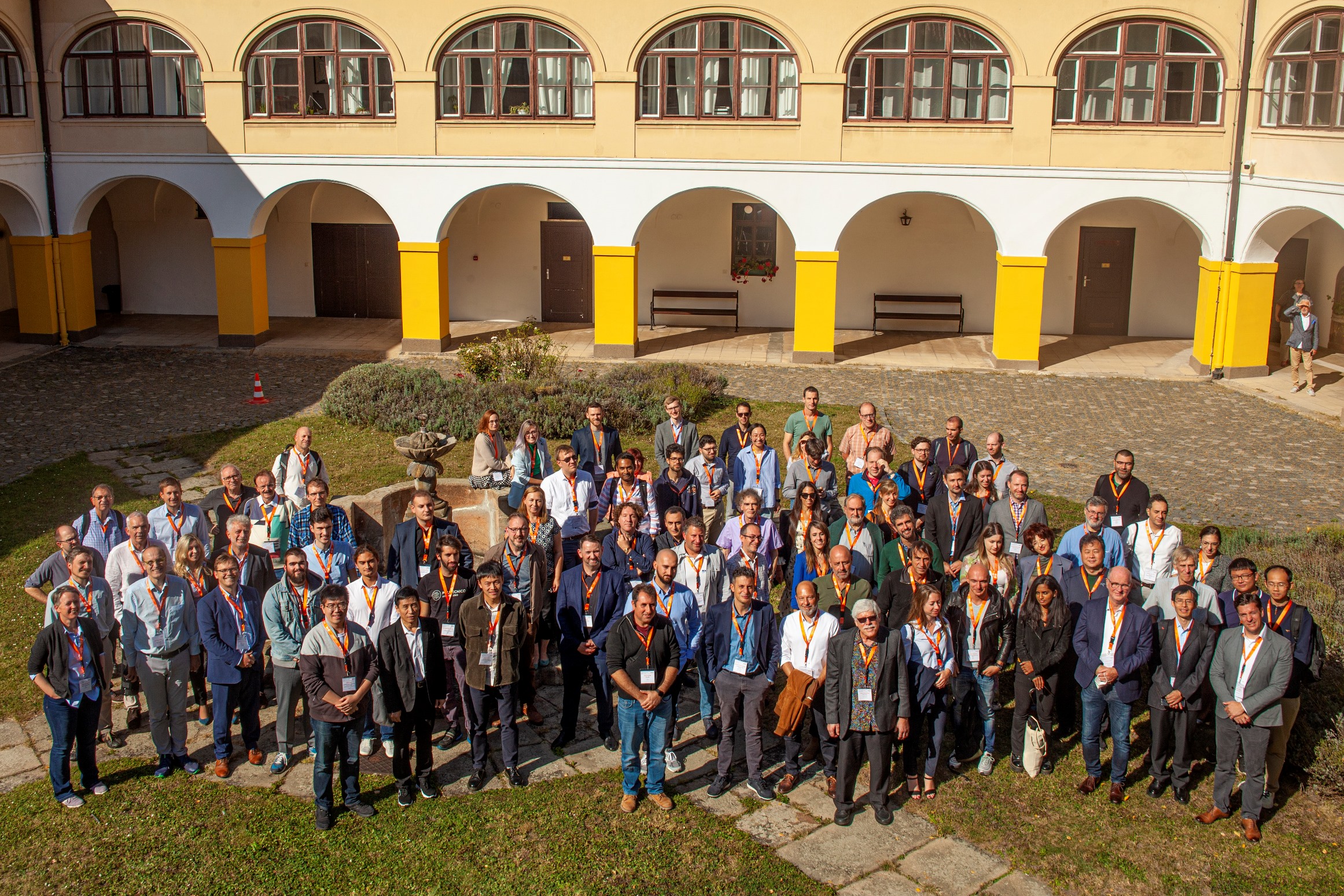
CAPTION ON FEATURED IMAGE
From Left to Right, Andrew Harrison, Vito De Bellis, Maria Cristina Falvella, Lorenzo Giuffrida, Katarzyna Batani, Dimitri Batani, Daniele Margarone
